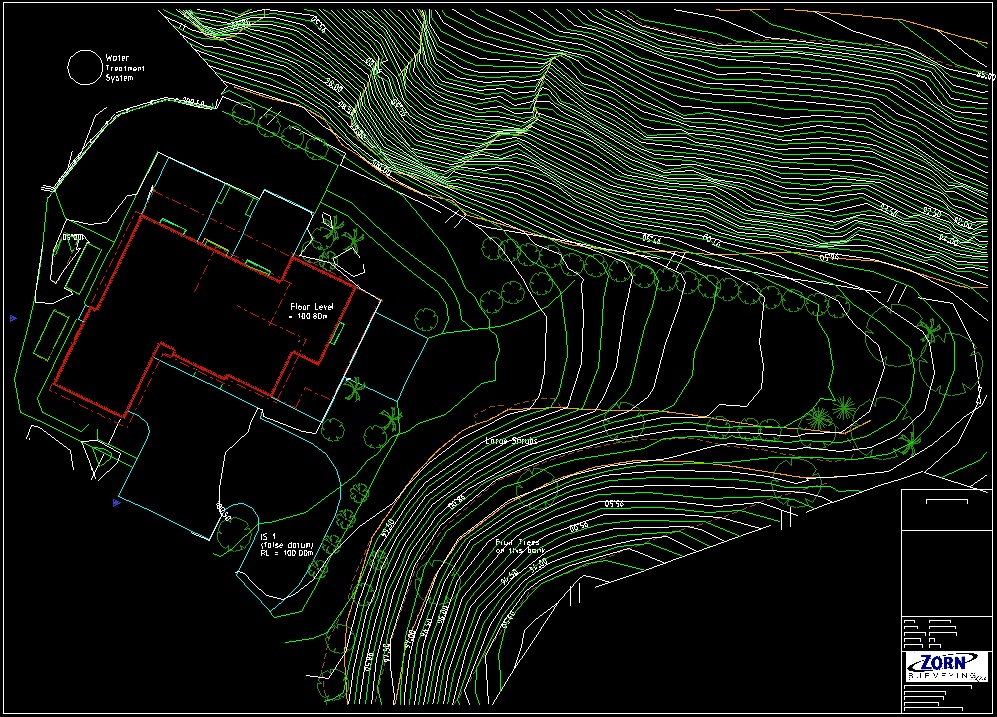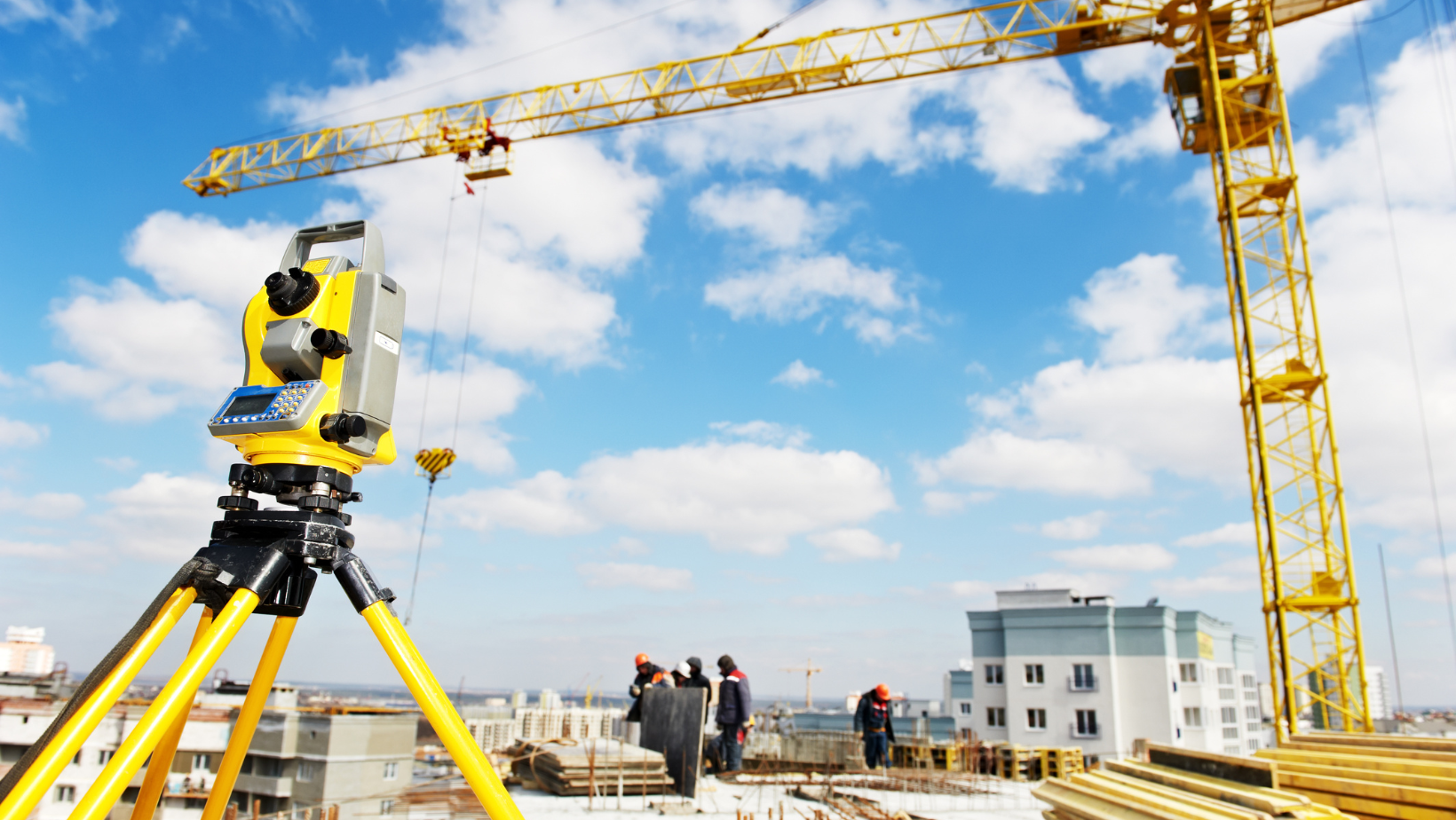Setting Out Engineering: Ensuring Precision in Your Construction Site Layout
Setting Out Engineering: Ensuring Precision in Your Construction Site Layout
Blog Article
Vital Devices and Techniques in Setting Out Engineering
The technique of setting out engineering depends greatly on a collection of vital tools and strategies that underpin the precision and efficiency of task implementation. What ramifications does this hold for future engineering methods?
The Importance of Accurate Measurements

The relevance of exact measurements extends beyond plain conformity; they are integral to the total efficiency of design procedures. Errors can bring about worldly waste, job hold-ups, and raised labor prices, inevitably impacting the job's lower line. Accurate dimensions boost the top quality of the last product, making certain that it carries out as meant and meets the assumptions of stakeholders.
Moreover, the value of precise dimensions is noticeable in various engineering disciplines, consisting of civil, mechanical, and electrical engineering. Each field requires an unique approach to measurement, yet the underlying necessity for accuracy stays continuous. As tasks end up being increasingly complicated, the reliance on precise measurements will only magnify, underscoring the requirement for regular innovations in dimension techniques and innovations. Hence, promoting a society that prioritizes precision is crucial for the future of engineering.
Vital Devices for Establishing Out
Laying out, an important stage in the design and building and construction process, relies greatly on details devices that guarantee precise place and alignment of structures. Amongst these devices, the surveyor's level sticks out, supplying exact horizontal dimensions crucial for establishing referral points. This instrument allows designers to figure out altitude modifications and maintain uniformity throughout the job website.
The total terminal is an additional indispensable tool, incorporating digital distance dimension with angular dimension capacities. This modern technology improves effectiveness and accuracy in capturing spatial information, enabling effective website format and planning.
Additionally, making use of gauging tapes and marking tools, such as chalk lines or stakes, is essential for momentarily noting borders and crucial points on the site. These fundamental devices, though straightforward, are essential for making certain clear communication among the building and construction team regarding job specs.
Lastly, general practitioner technology has gotten grip in establishing out procedures, providing real-time placing data and substantially boosting precision over standard techniques. Jointly, these necessary devices form the backbone of efficient laying out methods, ultimately contributing to the effective execution of design and building jobs.
Advanced Checking Methods
Advanced checking methods play an essential function in improving the precision and performance of design jobs. These techniques encompass a series of techniques that supply accurate data for layout and construction. Traditional approaches, such as leveling and triangulation, have actually developed into a lot more advanced methods, including Overall Terminal studies and International Navigation Satellite Solution (GNSS)
Overall Station gadgets integrate electronic theodolites with range dimension capacities, permitting property surveyors to collect specific location information with wonderful rate. This technology substantially reduces mistakes related to manual dimensions and supplies real-time information handling. Furthermore, GNSS provides unequaled precision for massive jobs by using satellite signals to determine precise positioning, which is vital for aligning frameworks and guaranteeing compliance with layout specs.
Along with these devices, progressed methods likewise include geospatial analysis and 3D modeling. These techniques allow engineers to envision surface and website conditions better, facilitating better decision-making throughout the preparation stage. By using these sophisticated checking strategies, engineering jobs can attain higher accuracy in design, minimize rework, and ultimately boost total job success.
Digital Innovation in Engineering
The assimilation of digital technology has actually transformed design practices, improving both performance and accuracy throughout numerous self-controls. Tools such as Structure Info Modeling (BIM) assist in the visualization and management of intricate projects, enabling designers to collaborate effortlessly and make informed Engineering surveys decisions. This innovation enables the production of in-depth 3D models, which can be evaluated for architectural integrity and effectiveness prior to building and construction begins.

The application of artificial knowledge and artificial intelligence in design processes further boosts anticipating upkeep and optimization of sources. These innovations make it possible for the evaluation of substantial information sets, leading to much better projecting and boosted task results. Overall, electronic technology is improving the design landscape, driving technology, and guaranteeing that tasks are finished with greater efficiency and lowered risk. As the market continues to advance, accepting these tools will be important for future success.
Best Practices for Implementation
When implementing electronic modern technology in engineering, it is essential to develop a critical method that aligns with project objectives and business capacities. A complete assessment of existing workflows and modern technology infrastructure is crucial to recognize gaps and opportunities for enhancement. Engaging stakeholders early while doing so promotes cooperation and guarantees that the technology meets user requirements.

Project supervisors need to adopt an iterative implementation approach, permitting modifications based on real-time feedback and performance examinations. This active approach not only alleviates dangers but additionally advertises continual improvement by incorporating lessons learned.
Final Thought
To conclude, the combination of essential devices and progressed strategies in establishing out engineering is important for making certain accuracy in measurements and successful job implementation. Employing tools such as land surveyor's levels, complete terminals, and GPS innovation, alongside modern-day checking approaches, improves precision and lowers the possibility of mistakes. Adopting finest practices in application even more enhances these procedures, eventually fostering improved job outcomes in the design and construction sectors.
The self-control of establishing out design relies heavily on a collection of crucial devices and techniques that underpin the precision and effectiveness of task execution.Additionally, the significance of accurate dimensions is apparent in numerous design disciplines, including civil, mechanical, and electric engineering. By employing these advanced evaluating techniques, engineering jobs can accomplish better precision in design, reduce rework, and inevitably boost overall project success.
On the whole, digital modern technology is reshaping the engineering landscape, driving advancement, and guaranteeing that projects are finished with greater effectiveness and minimized threat (setting out engineering).In conclusion, the combination of vital devices and progressed techniques in establishing out design is important for guaranteeing accuracy in dimensions and effective job execution
Report this page